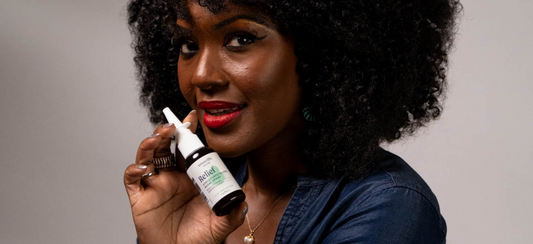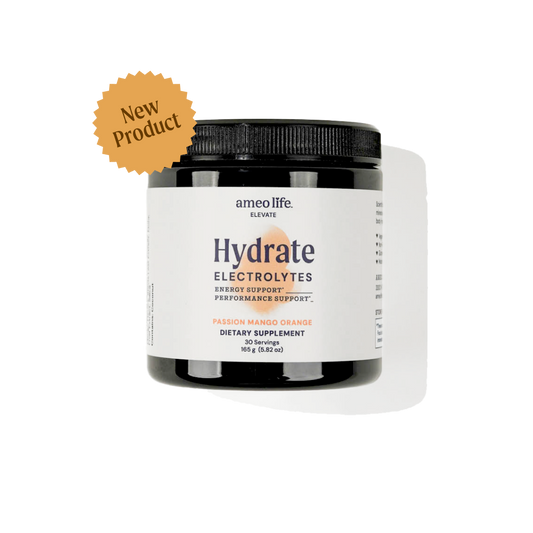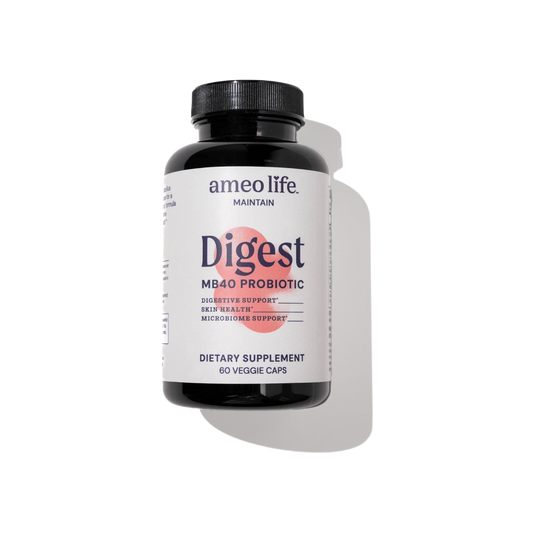What is The Dirty Dozen Clean 15?

Understanding The Dirty Dozen Clean 15
Unfortunately, there are times when we assume we’re eating healthy fruits and vegetables, but instead, they may have some unhealthy characteristics—especially when eaten frequently.
Most of us eat fruits and veggies because they’re good for us. Chances are you wouldn’t eat kale or broccoli as often, if you didn't think it was good for you. What makes fruits and veggies not so healthy may not be what you're thinking. It doesn’t have to do with them being fried or dipped in ranch dressing. In fact, many "healthy" fruits and vegetables come to us already in a less than desirable state. That's because the way some farmers grow produce makes it less healthful and possibly even harmful. Stay with me until the end and discover a extra immune boost with structured silver solution.
Uncovering the Dirty Dozen Clean 15 Secret to Finding Healthy Fruits and Vegetables
It’s important we know the facts about the foods we eat—including seemingly innocent fruits and veggies. What you need to understand often centers on the growing methods employed for specific types of fruits or veggies. GMO vs. non-GMO? Conventional produce vs. organic? Here are the basics.
- Conventional: synthetic fertilizers and pesticides are used to promote growth and prevent disease.
- Regarding organic produce, farmers utilize natural fertilizers and introduce beneficial pests such as ladybugs and praying mantises to promote healthy growth.
- GMO (genetically modified organism): engineered in a lab to have specific characteristics including resistance to certain pests and molds, faster growing times, larger or different colored fruit, and more.
Genetically Modified Fruits and Vegetables?
Sometimes, determining whether a cucumber is organic or a peach has undergone genetic modification can be unclear. That’s why when uncovering a few secrets, and learning the codes comes in handy.
Many fruits and veggies have a sticker on them. Many people mistakenly believe these stickers serve only to identify the item at the checkout counter. Yet, in reality, these stickers hold valuable information, and including a unique code. Each code consists of a series of four or five numbers.
Here’s how to decipher the code
- A 4 digit code means it was conventionally grown, most likely with pesticides.
- A 5 digit code (starting with the number 9) means it’s certified organic.
- A 5 digit code (starting with the number 8) means it’s been genetically modified.
- Additionally, another method to identify healthy fruits and veggies encompasses familiarizing oneself with pesticide and fungicide tests, as well as acquainting with two crucial lists.
Pesticides and Fungicides
The USDA tests produce for potentially harmful pesticides. The produce is washed, peeled or scrubbed before testing. According to the Environmental Working Group’s (EWG) analysis of the latest test data of 46 types of produce, almost 70% of the non-organic fresh produce sold in the U.S. contains residues of potentially harmful pesticides.
EWG Tests
Plus, recent tests by EWG have revealed high levels of a fungicide, Imazalil, in oranges and other citrus fruits. It’s typically applied to citrus after harvesting to prolong the fruit's shelf life. Research has found Imazalil can disrupt our hormone system and has been classified as a likely carcinogen. EWG reported finding Imazalil on close to 90% of the non-organic citrus samples.
The Dirty Dozen and the Clean Fifteen
Each year, EWG performs an analysis of the 46 fruits and vegetables tested and compiles a list of the twelve most contaminated fruits and vegetables and the cleanest fifteen. The dirty dozen’s list is ranked from most contaminated to least contaminated. The clean fifteen list is organized starting with the cleanest.

- Strawberries
- Spinach
- Kale, collard and mustard greens
- Nectarines
- Apples
- Grapes
- Cherries
- Peaches
- Pears
- Bell and hot peppers
- Celery
- Tomatoes
-
EWG'S 2021 Clean Fifteen
- Avocados
- Sweet corn
- Pineapple
- Onions
- Papaya
- Sweet peas (frozen)
- Eggplant
- Asparagus
- Broccoli
- Cabbage
- Kiwi
- Cauliflower
- Mushrooms
- Honeydew melon
- Cantaloupes
-
The Other 19 Produce Tested
- Asparagus
- Bananas
- Blueberries
- Carrots
- Cauliflower
- Cherry tomatoes
- Cucumbers
- Grapefruit
- Green beans
- Lettuce
- Mangos
- Oranges
- Plums
- Potatoes
- Raspberries
- Snap peas
- Summer squash
- Tangerines
- Watermelon
Armed with these lists and the secret to deciphering produce stickers, you’ll know what you’re getting when buying produce. You now have the power to choose. Whenever possible, consider your long-term health and select healthy fruits and vegetables.
Want to uncover more health and wellness secrets? Learn more on the Ameo Life blog.







